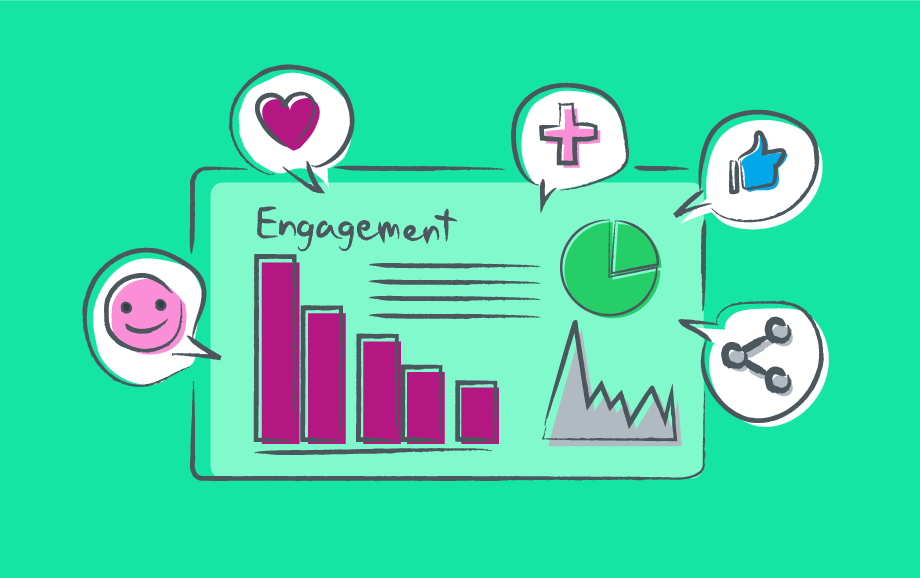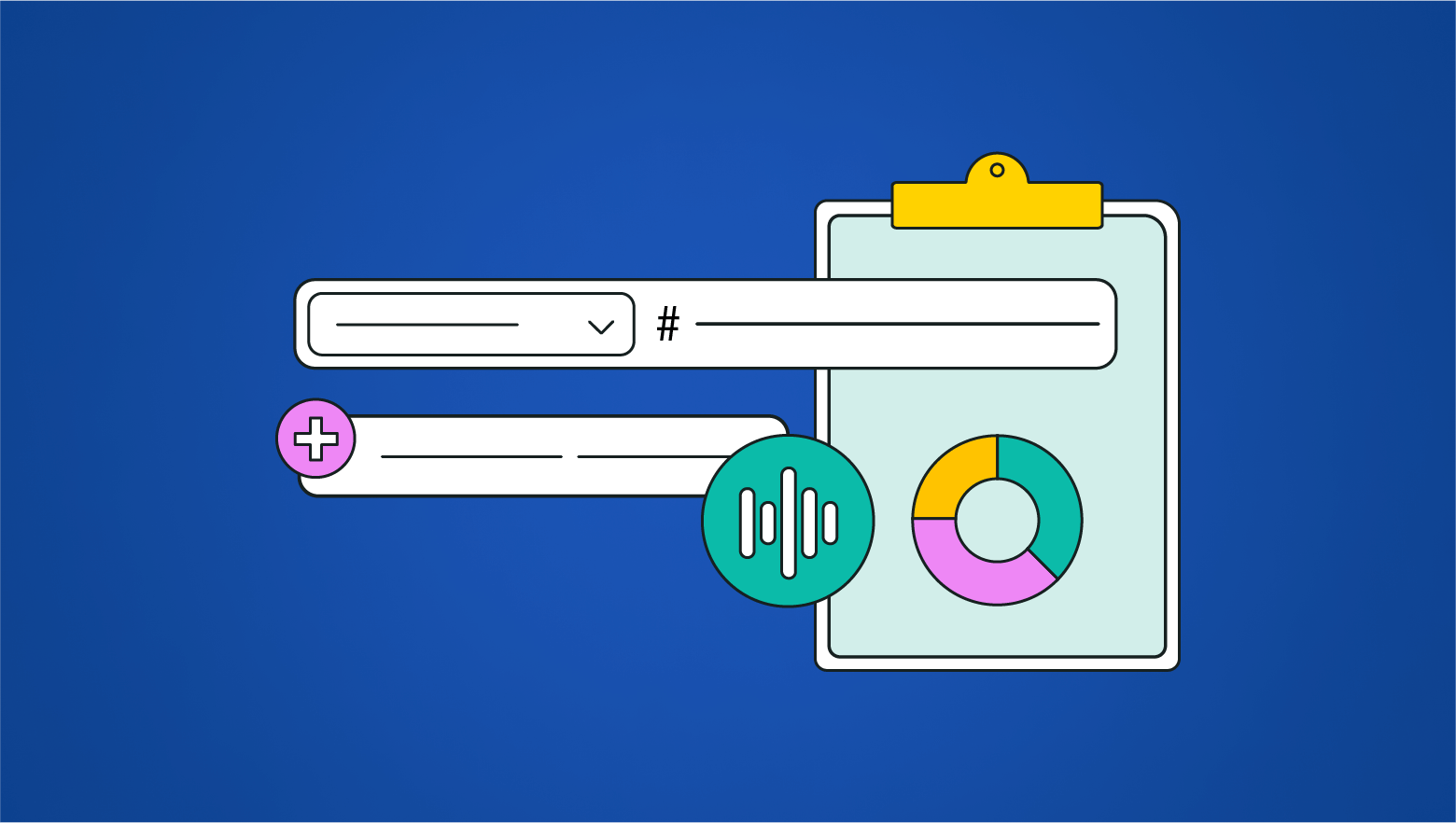A social media campaign report is a comprehensive document that details the performance of a social media campaign. It provides insights into the effectiveness of your strategies and highlights areas for improvement. But why is it so important? Let’s dive in to find out.
Social Media Campaign Report: Your Ultimate Blueprint for Success

What is a Social Media Campaign?
A social media campaign is a coordinated marketing effort to reinforce or assist with a business goal using one or more social media platforms. Campaigns differ from everyday social media efforts because of their increased focus, targeting, and measurability.
Key Components of a Social Media Campaign Report
- Goals and Objectives: Clear and measurable aims.
- Target Audience: The specific group of people you aim to reach.
- Content Strategy: The type of content you’ll create and share.
- Platforms: Social media channels used to distribute your content.
- Budget: Financial plan for the campaign.
- Metrics and KPIs: Indicators to measure success.
Setting Clear Objectives
1. Importance of Objectives
Without clear objectives, it’s challenging to gauge the success of your campaign. Objectives provide direction and a benchmark for measuring outcomes.
2. Types of Objectives
- Brand Awareness: Increasing the visibility of your brand.
- Lead Generation: Collecting information from potential customers.
- Engagement: Boosting interactions like likes, shares, and comments.
- Sales: Directly increasing revenue.
Identifying Your Target Audience
1. Importance of Knowing Your Audience
Understanding who your audience is helps tailor your message to meet their needs and preferences, leading to more effective campaigns.
2. Methods to Identify Your Target Audience
- Demographic Analysis: Age, gender, income, etc.
- Psychographic Analysis: Interests, hobbies, values.
- Behavioral Analysis: Purchasing habits, brand loyalty.
Selecting the Right Social Media Platforms
1. Overview of Popular Platforms
- Facebook: Wide reach, versatile content formats.
- Instagram: Visual content, younger demographic.
- Twitter: Real-time updates, trending topics.
- LinkedIn: Professional networking, B2B focus.
- TikTok: Short-form video, highly engaging for younger audiences.
2. Matching Platforms to Audience
Choosing the right platform depends on where your target audience spends their time. For example, if targeting professionals, LinkedIn may be more effective than TikTok.
Creating Engaging Content
1. Types of Content
- Images: Eye-catching visuals.
- Videos: Engaging and informative.
- Blogs: In-depth articles.
- Infographics: Data presented visually.
- Stories: Short, temporary posts.
2. Tips for Creating Engaging Content
- Be Authentic: Genuine content resonates more.
- Use High-Quality Visuals: Clear and appealing images/videos.
- Incorporate Trends: Stay current with what’s popular.
- Engage with Your Audience: Respond to comments and messages.
Implementing the Campaign
1. Steps to Launch Your Campaign
- Plan and Schedule: Map out your content and timelines.
- Create Content: Develop your posts, videos, etc.
- Schedule Posts: Use tools like Hootsuite or Buffer.
- Monitor Performance: Keep an eye on engagement and reactions.
2. Monitoring and Adjusting During the Campaign
Track your metrics regularly and be ready to make adjustments. If something isn’t working, tweak your approach to improve results.
Metrics to Track
1. Key Performance Indicators (KPIs)
- Reach: Number of people who see your content.
- Engagement: Likes, comments, shares.
- Conversion Rate: Percentage of people taking the desired action.
- Impressions: Total number of times your content is displayed.
2. Tools for Tracking Metrics
- Google Analytics: Comprehensive web analytics.
- Facebook Insights: Detailed metrics for Facebook.
- Twitter Analytics: Performance metrics for Twitter.
- Instagram Insights: Data on post performance.
Data Collection and Analysis
1. Methods for Data Collection
- Surveys and Polls: Direct feedback from your audience.
- Analytics Tools: Platforms like Google Analytics.
- Social Listening: Monitoring brand mentions and keywords.
2. Analyzing the Data
Look for patterns and trends in your data. Compare your metrics to your objectives to see how well you met your goals.
Measuring Success
1. Evaluating Against Objectives
Assess your campaign’s performance based on the objectives you set at the beginning. Did you achieve your goals?
2. Determining ROI
Calculate the return on investment by comparing the gains from the campaign to the costs involved. A positive ROI indicates a successful campaign.
Identifying Strengths and Weaknesses
1. Analyzing Performance
Look at what worked well and what didn’t. High engagement on certain posts? Low click-through rates on others? Identify these patterns.
2. Learning from Mistakes
Mistakes are valuable learning opportunities. Understand what went wrong and how to avoid similar issues in future campaigns.
Reporting Structure
1. Essential Components of a Report
- Executive Summary: Overview of the campaign.
- Objectives: Goals you set.
- Strategies and Tactics: What you did to achieve those goals.
- Results: Data and metrics.
- Analysis: Interpretation of the data.
- Conclusion: Summary of findings and recommendations.
2. Formatting Tips
- Use Clear Headings: Make your report easy to navigate.
- Include Visuals: Charts, graphs, and images to illustrate points.
- Be Concise: Stick to the key points to maintain reader interest.
Visualizing Data in Social Media Campaign Report
1. Importance of Visuals
Visuals make data easier to understand and more engaging. They help highlight key findings and trends.
2. Tools for Creating Visual Reports
- Canva: User-friendly design tool.
- Infogram: Great for creating infographics.
- Google Data Studio: Advanced data visualization.
Presenting Your Findings
1. Tailoring Your Presentation to Your Audience
Consider who will be reading your report. Tailor the language and focus to their interests and level of understanding.
2. Tips for Effective Communication
- Be Clear and Direct: Avoid jargon and be straightforward.
- Tell a Story: Make your data tell a compelling story.
- Highlight Key Points: Ensure your main findings stand out.
Case Studies of Record-Breaking Social Media Campaigns
1. Nike’s “Dream Crazy” Campaign
Nike’s “Dream Crazy” campaign, featuring Colin Kaepernick, sparked massive online conversations, leading to a 31% increase in sales for the brand in just a few days. The campaign was not only commercially successful but also strengthened Nike’s brand identity by standing behind a powerful social message.
Key Metrics:
-
- Increase in Brand Mentions: Over 2.7 million mentions on social media in a week.
- Sales Growth: 31% increase in online sales.
Quote from Nike’s Marketing Director: “Our audience values brands with a voice, and this campaign speaks to that.”
2. Coca-Cola’s #ShareACoke
Coca-Cola’s #ShareACoke campaign personalized bottles with names, encouraging customers to share photos of their customized bottles. This simple yet powerful campaign was a hit, inspiring customers to engage and share widely on social media.
Key Metrics:
-
- User-Generated Content: Over 500,000 user-created posts on Instagram.
- Sales Boost: A 2% increase in revenue after years of stagnation.
Tweet from Influencer @foodiequeen: “Nothing says summer like a Coke with my name on it! #ShareACoke.”
3. Dove’s “Real Beauty Sketches”
Dove’s Real Beauty Sketches campaign emphasized self-esteem and body positivity, resonating deeply with its audience. The campaign video went viral, gathering over 114 million views in a month.
Key Metrics:
-
- Video Views: 114 million within the first month.
- Global Reach: Engaged audiences in over 25 countries.
Quote from Influencer @realbeautyvoice: “Dove reminds us all that beauty isn’t just skin-deep. #RealBeauty”
Influencer Quotes and Tweets
Gary Vaynerchuk (@garyvee): “A powerful social media campaign isn’t about selling products but about telling a story that people want to connect with.”
Neil Patel (@neilpatel): “Content that resonates with your audience is your best asset. Leverage stories, engage directly, and remember, authenticity always wins.”
Marie Forleo (@marieforleo): “Your content needs to speak to your audience’s heart before it speaks to their wallets. Build trust, and sales will follow.”
Conclusion
In conclusion, a social media campaign report is crucial for understanding the effectiveness of your marketing efforts. By setting clear objectives, identifying your target audience, selecting the right platforms, creating engaging content, and continuously monitoring and adjusting your strategy, you can significantly enhance your campaign’s success. Remember, the key to a successful report lies in thorough data collection and analysis, clear visualization, and effective communication of your findings.
Ready to elevate your social media campaigns? Request a demo from AIM Technologies today to see how our innovative solutions can transform your social media strategy and deliver outstanding results. Don’t miss out on the opportunity to optimize your campaigns like never before!
FAQs
What is the purpose of a social media campaign report?
- A social media campaign report helps you understand the performance of your campaign, identify what worked and what didn’t, and make data-driven decisions for future campaigns.
How often should I create a social media campaign report?
- It’s advisable to create a report at the end of each campaign. For ongoing campaigns, consider monthly or quarterly reports to track progress.
What tools are best for tracking social media metrics?
- Tools like Google Analytics, Facebook Insights, Twitter Analytics, and Instagram Insights are excellent for tracking social media metrics.
How can I improve engagement on my social media posts?
- To improve engagement, create high-quality, relevant content, use visuals, engage with your audience through comments and messages, and stay current with trends.
What are common mistakes to avoid in social media campaigns?
- Common mistakes include not setting clear objectives, ignoring your target audience, spreading yourself too thin across too many platforms, and failing to analyze and learn from your campaign data.




